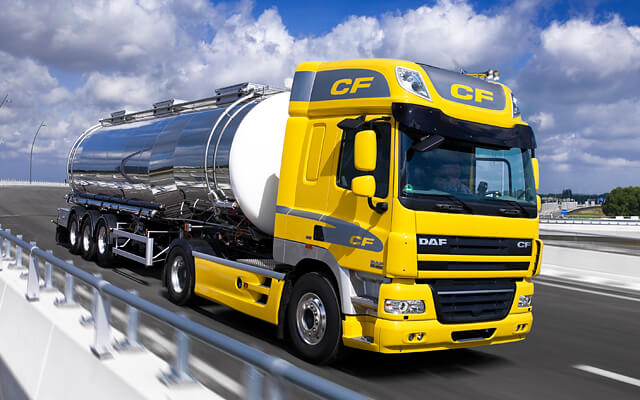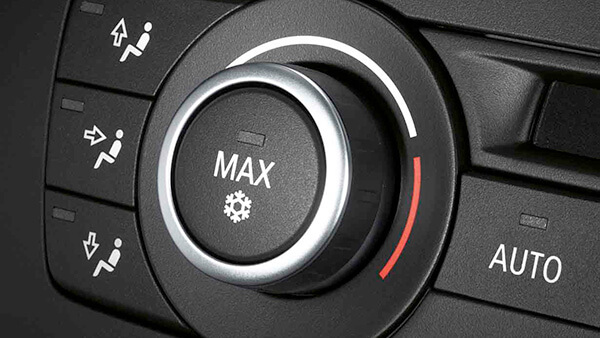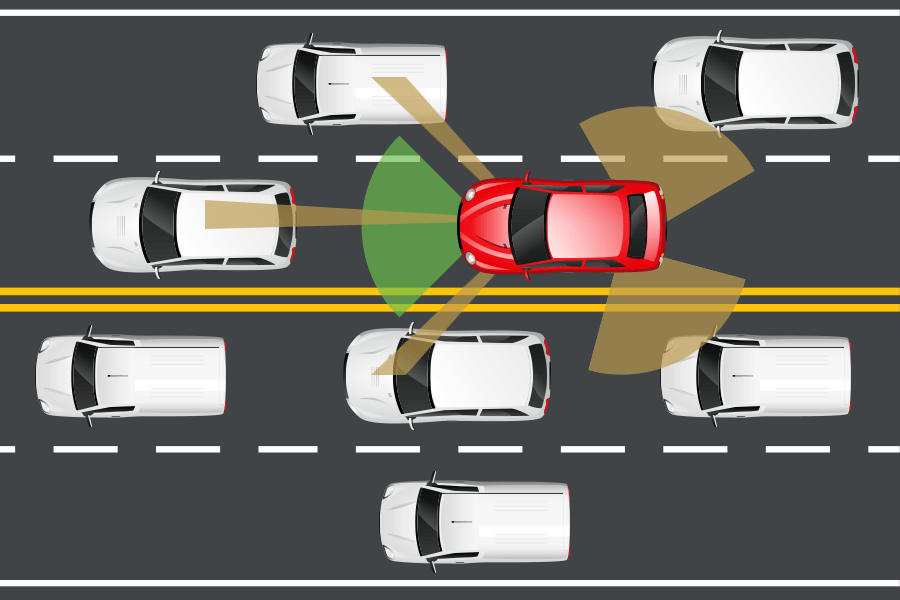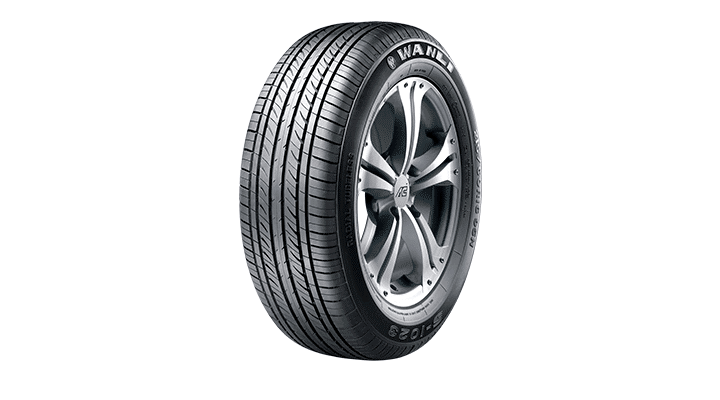Land Rover marked its 65th anniversary this April with the introduction of the Defender LXV special edition. Since its birth in 1948, Land Rover has developed from producing aluminum-clad work vehicles like the Series I to lavish luxury cars like the latest Range Rover Evoque.
The Series I production cars, costing just £450 was clad in aluminum alloy owing to post-war Britain’s shortage of steel. This model sold 200,000 units in ten years but was soon replaced by the Series II in 1958, which introduced selectable 4WD and a diesel engine. This was quickly followed by the Defender, of 1990, which remains a popular vehicle, selling 25,000 units across the world annually.
The Range Rover was created to cater for growing American demand for recreational off-roaders, and its introduction in 1970 was met with near-universal acclaim. The P38a model that succeeded it was produced for seven years, replaced by the vastly improved L322 that began Range Rover’s progression into a luxury car.
The Land Rover Discovery was originally introduced to fill the gap created by the original Range Rover’s move upmarket. Originally launched as a three-door in 1989, it soon evolved into a five-door, and the Discovery Series 2, which was introduced nine years later, boasted more than 700 changes in an effort to universalize the appeal of the Land Rover. The Discovery 3, launched in 2004 took the style and technology of its predecessors to new heights. It was now a strong contender for the top spot and was designed around a hybrid of a ladder frame and monocoque chassis.
The Discovery 3, launched in 2004 took the style and technology of its predecessors to new heights. It was now a strong contender for the top spot and was designed around a hybrid of a ladder frame and monocoque chassis.
The Land Rover Freelander has been one of their biggest successes, with more than 880,000 sold worldwide. The Land Rover Group conceived the idea of a smaller off-roader, but it took a financial leg-up from BMW to bring it to life. Despite lacking much of the off-road kit fitted to larger Land Rovers, the Freelander is still a practical and efficient car.
The Freelander was followed by the Range Rover Sport in 2005, which was based on the groundwork of the Discovery 3 and inspired by 2004’s Range Stormer concept. It challenged rivals such as the BMW X5 head on and came out on top. Unlike its ancestors, the Sport was developed primarily for road use, but it still maintained fantastic off-road ability.
Since it’s launch in 2011, the latest addition to the Range Rover family, The Range Rover Evoque has been another success story, with 165,000 sales in the past 2 years. It’s the agilest and economical Range Rover ever, with the ed4 models offering 129g/km and 58mpg combined. The Evoque is also the first production car to receive a nine-speed automatic gearbox.
Today, the future looks bright for Land Rover. The newest Range Rover is a model that finally cements the company’s place in the ranks of luxury car makers and the Evoque has expanded the appeal of Land Rover into a whole new territory.




